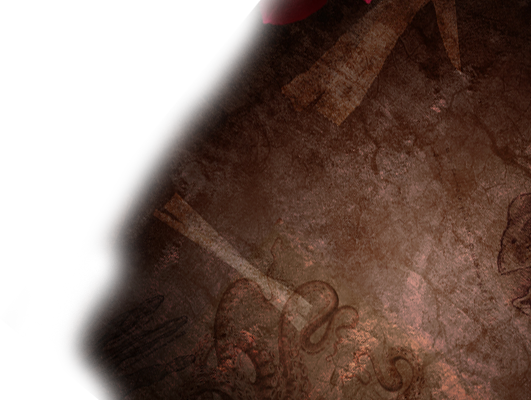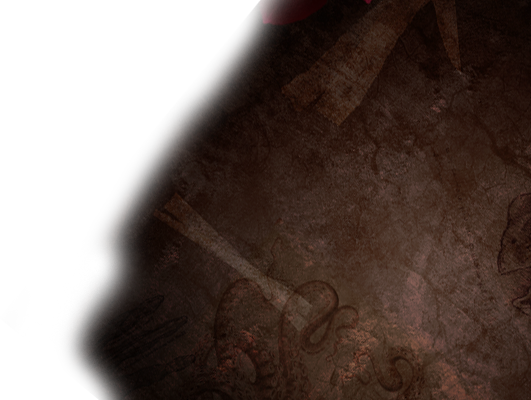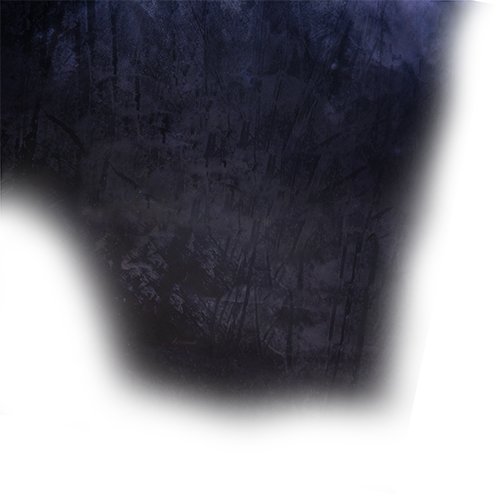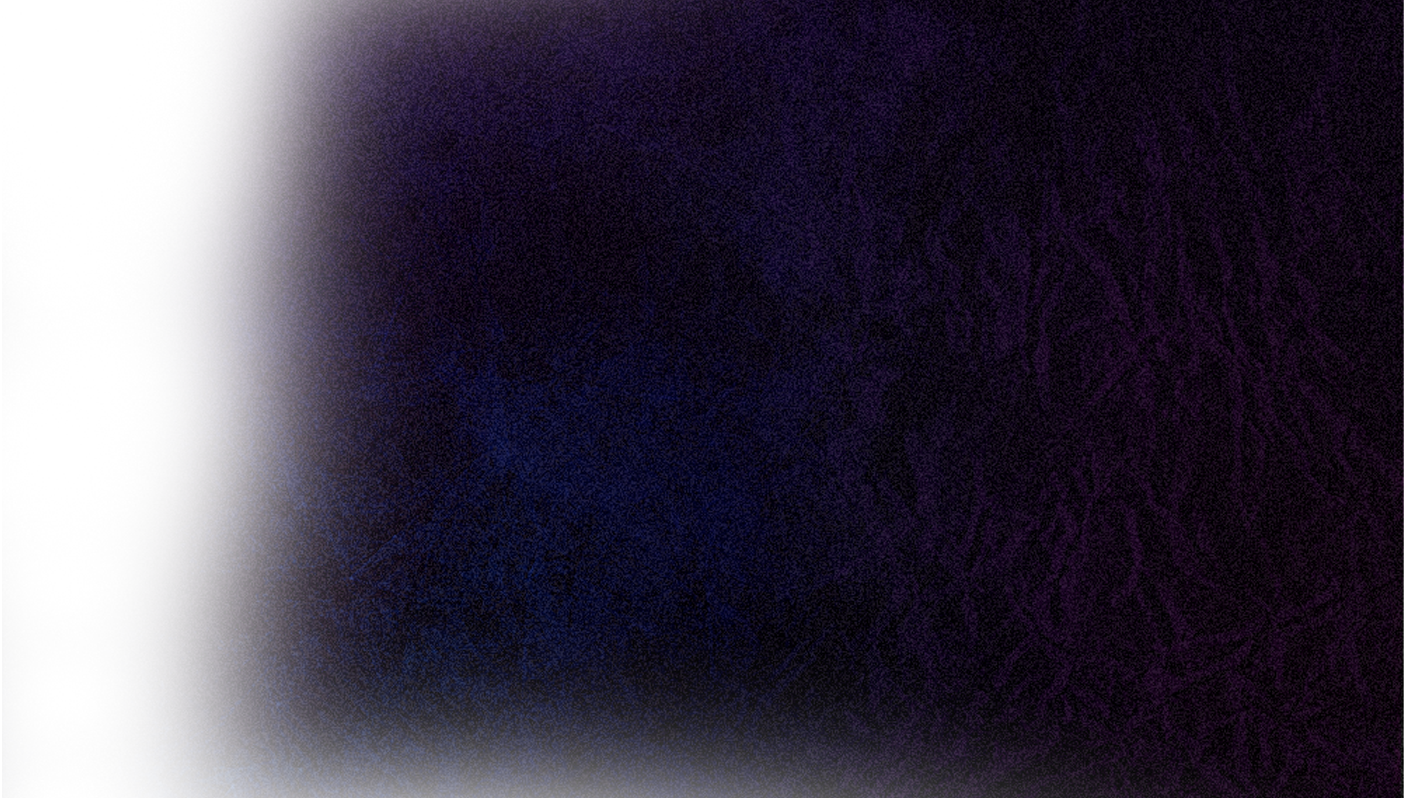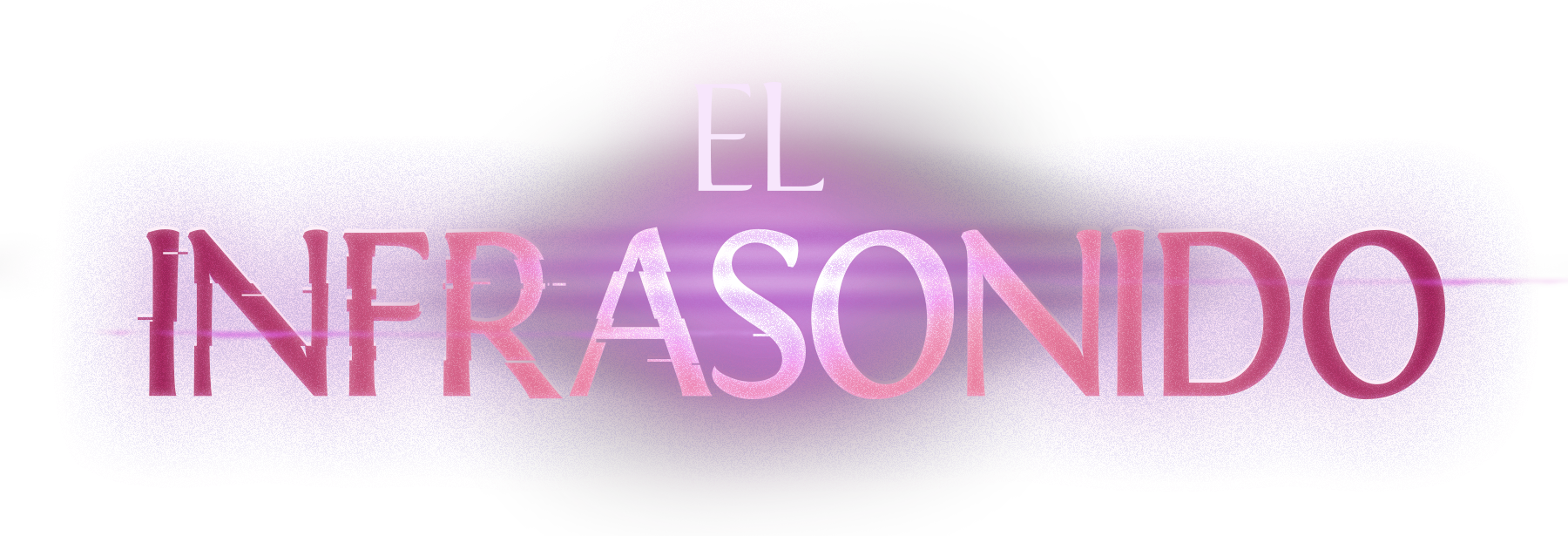Best of this article
This makes Franz the perfect tool to manage multiple business and private accounts all at the same time. You could even use five different Facebook Messenger accounts at once, if some inexplicable reason urges you to do so. But astronomers interested in understanding the most extreme and mysterious objects in the universe are having to become more comfortable operating in large groups facts about cloud computing to get answers, says UW–Madison Professor of astronomy Sebastian Heinz. The Supernova Early Warning System , established in 1999 at Brookhaven National Laboratory and automated since 2005, combines multiple neutrino detectors to generate supernova alerts. Morphological and spectral studies of the shell-type supernova remnants RX J1713.7–3946 and RX J0852.0–4622 with H.E.S.S.
What is multi chat?
The description of Multi Chat App. Multi Chat helps android app clone and run multi accounts of the same app simultaneously, and fast switch between multi accounts by one click!
The observation is only the second time researchers detected such an event in gravitational waves. Radio astronomers have been contributing to the field for decades, when radio observations were used to supplement the observations of traditional telescopes. But the advent of space-based observatories that observe X-rays and gamma rays has taken multi-messenger astronomy to a new level.
Ligo Document G1200499
All the telescope did, essentially, was to enhance our light-gathering power by using mirrors and/or lenses to increase the light-collecting area far beyond the limits of even the most thoroughly dilated pupil. Instead of thousands of stars, these tools would reveal hundreds of thousands, millions, and eventually billions of them. Those observatories are spread across all seven continents and in space; they also cover every wavelength range, including radio, infrared, visible, ultraviolet, X-ray and gamma-ray. An overview paper describing the main results from these light-based observations, published in The Astrophysical Journal Letters, cites 3,500 authors.
Where the scientific scope of a proposal overlaps multiple programs, the proposal should be submitted to the program most closely aligned to the proposal goals and by this primary program’s submission due date. Proposals that involve efforts related to facilities in the polar regions should list relevant OPP programs as secondary. Tews’ primary scientific role in the study was to provide the input from nuclear theory calculations that are the starting point of the analysis. Their novel approach to measuring the Hubble constant contributes to a debate that has arisen from other, competing determinations of the universe’s expansion. neutrinos seen in the nearby 1987 supernova, was able to produce this image of the Sun from the solar neutrinos alone.
Franz Is Made In Vienna, Austria With Lots Of By An Amazing Team & The Franz Community
We’ve been collecting these types of particles from within the Solar System for extremely long periods of time, as arguably every time we encounter a meteor shower, we’re witnessing particle showers in our atmosphere originating from past-and-present comets. And recently, with sophisticated observatories like Kamiokande and IceCube, we’re detecting both solar and cosmic neutrinos. Over the last several decades, astronomers and physicists have collaborated to gather information from several different sources, or “messengers” — including but extending beyond light alone to things like neutrinos and gravity waves — to study the cosmos. Multi-messenger astronomy tracks high-energy particles pelting Earth, particles passing through space and ripples in the fabric of space-time to answer questions about some of the most extreme events in the universe.
In this case, the researchers’ multi-messenger analysis allowed them to restrict the uncertainty of their estimate of neutron star radii to within 800 meters. Collision of two neutron stars showing the electromagnetic and gravitational-wave emissions during the merger process. The combined interpretation of multiple messengers allows astrophysicists to understand the internal composition of neutron stars and to reveal the properties of matter under the most extreme conditions in the universe. The earliest calendars were based on astronomical observations of the cycles of repeated solar and lunar positions. Also, for centuries, familiarity with the positions and apparent motions of the stars through the seasons enabled sea voyagers to navigate with moderate accuracy.
Solid Cosmic Samples
Some of these secondary particles can give off a shockwave of light as they pass through air, water or ice, giving astronomers information about the characteristics and direction of the original cosmic ray. On August 17, 2017, the classic telescopes that observe light, and the new telescopes that observe gravitational waves, were able to work together to observe two neutron stars crashing into each other, and the consequences of this collision. Basically, it means observing the same astronomical target with different types of instruments. Some phenomena can produce flashes of light , radio bursts , and particle emissions .
Generally, a strange astronomical discovery is more likely to be natural rather than the product of extraterrestrial intelligence. Checking how a new discovery looks to a variety of instruments could help to resolve this question more quickly, and more conclusively. A combination of astrophysical measurements has allowed researchers to put novel constraints on the radius of a typical neutron star and provide a new calculation of the Hubble constant that indicates the rate at which the universe is expanding. A combination of astrophysical measurements has allowed researchers to put new constraints on the radius of a typical neutron star and provide a novel calculation of the Hubble constant that indicates the rate at which the universe is expanding.
Human Resources
In this context, cyberinfrastructure consists of the distributed data-handling, computing, analysis, and collaboration services/systems to enable discovery, education, and innovation. A revised version of the NSF Proposal & Award Policies & Procedures Guide (NSF 20-1), is effective for proposals submitted, or due, on or after June 1, 2020. Please be advised that, depending on the specified due date, the guidelines contained in NSF 20-1 may apply to proposals submitted in response to this funding opportunity. Students participating in this program will be invited to provide feedback on different aspects of the program by completing appropriate surveys at multiple junctures in the program. Student participation in these surveys will be strictly voluntary and it will not impact the status of the student in the program.
This artist’s illustration shows two neutron stars merging together and creating jets of matter and light. The event was first seen by gravitational wave observatories, and was later studied by light-based observatories. The first light-based observatory to detect a signal associated with the gravitational wave signal was the Fermi Gamma-ray Space Telescope, which observed how to make a cryptocurrency wallet a gamma-ray burst . These brief flashes of light are the most energetic explosions in the universe, but Fermi detects one of them, on average, about once per day, according to NASA. Researchers have no way of immediately determining what kind of event is producing the light. But some of the universe’s most mysterious objects don’t give off any light to study.
Cosmic Transients
and Small Magellanic Clouds , and if you look more closely, NGC 104 to the left of the SMC, NGC 6205 slightly above and to the left of the galactic core, and NGC 7078 slightly below. while microwave and radio light reveals jets of particles, diffuse background emissions, and details in individual protoplanetary disks. Both LIGO and Virgo are currently undergoing upgrades that will further increase their sensitivity , which should increase the number of events they detect.
Gamma rays, the highest-energy form of light, were thought to be produced closest in. But observations across the spectrum suggest that light at all wavelengths came from a single region located far away roughly five light-years from the black hole, which is greater than the distance between our sun and the nearest star. The gamma rays came from a galaxy known as PKS 1441+25, a type of active galaxy called a blazar.
The discovery of these gravitational waves earned three physicists a 2017 Nobel Prize. This neutron star collision marks the first time scientists have been able to pinpoint exactly where gravitational multy massenger waves originated. This discovery brings remarkable new insights into the physics behind the most powerful explosions in the universe — and a reminder that we’re surrounded by the stuff of stars.
How long do messages stay in messenger?
Facebook’s message expiration feature can be enabled from a dedicated «Disappearing Messages» tab on a contact’s page in the Messenger app, according to the screenshots. Messages for a conversation thread can then be set to expire after 1 minute, 15 minutes, 1 hour, 4 hours, or 24 hours.
Realizing the observation of astrophysical sources via non-photonic messengers has presented enormous challenges, as evidenced by the fiscal and physical scales of the multi-messenger observatories. However, the scientific payoff has already been substantial, with even greater rewards promised in the years ahead. In this review we survey the current status of multi-messenger astrophysics, highlighting some exciting recent results, and addressing the major follow-on questions they have raised.
Arxivlabs: Experimental Projects With Community Collaborators
To explore the problem, a team led by Bruno Giacomazzo at the University of Colorado, Boulder, and including Baker developed computer simulations that for the first time show what happens in the magnetized gas in the last stages of a black hole merger. Two supernova remnants, known as IC 443 and W44, are expanding into cold, dense clouds of interstellar gas. This material emits gamma rays when struck by high-speed particles escaping the remnants. «It was the astronomical equivalent of stopping traffic,» Andy Howell, a staff scientist at Las Cumbres Observatory and a co-author on a paper about the neutron star merger, said during the news conference. Then the invention of the telescope during the Renaissance opened up entirely new avenues of inquiry. By the end of the 20th century, the entire electromagnetic spectrum — all energies of light — became available for scientists to study stars and galaxies.
- Radiation is energy that travels and spreads out as it goes – the visible light that comes from a lamp in your house and the radio waves that come from a radio station are two types of electromagnetic radiation.
- By combining the most precise observations we can take with each of these, we can learn more about our cosmic history than any one of these signal types, or “messengers,” can provide in isolation.
- Astronomers had assumed that light at different energies came from regions at different distances from the black hole.
- Both individuals and organizations that work with arXivLabs have embraced and accepted our values of openness, community, excellence, and user data privacy.
- We’ve already learned how neutrinos are produced in supernova, and how their travel path is less impeded by matter than light’s is.
- Tews’ primary scientific role in the study was to provide the input from nuclear theory calculations that are the starting point of the analysis.
- Together they reveal a detailed picture of the Universe that will allow us to study matter, energy, and the cosmos in fundamentally new ways.
The four extrasolar messengers are electromagnetic radiation, gravitational waves, neutrinos, and cosmic rays. They are created by different astrophysical processes, and thus reveal different information about their sources. In 2017, gravitational wave astronomers observed a signal multy massenger unlike any other, which wound up corresponding to the merger of two neutron stars some 130 million light-years away. We now know that a neutron star merger is powerful enough to cause ripples in space-time, just as a rock thrown into a pond creates ripples in the water.
LISA Pathfinder, a mission led by the European Space Agency with contributions from NASA, has successfully tested a key technology needed to build a space-based observatory for detecting gravitational waves. These tiny ripples in the fabric of space, predicted by Albert Einstein a century ago, were first seen last year by the ground-based Laser Interferometer Gravitational-Wave Observatory . Seismic, thermal, and other noise sources limit LIGO to higher-frequency gravitational norming stage of team development waves around 100 cycles per second . But finding signals from more exotic events, such as mergers of supermassive black holes in colliding galaxies, requires the ability to see frequencies at 1 hertz or less, a sensitivity level only possible from space. A space-based observatory would work by tracking test masses that move only under the influence of gravity. Each spacecraft would gently fly around its test masses without disturbing them, a process called drag-free flight.

